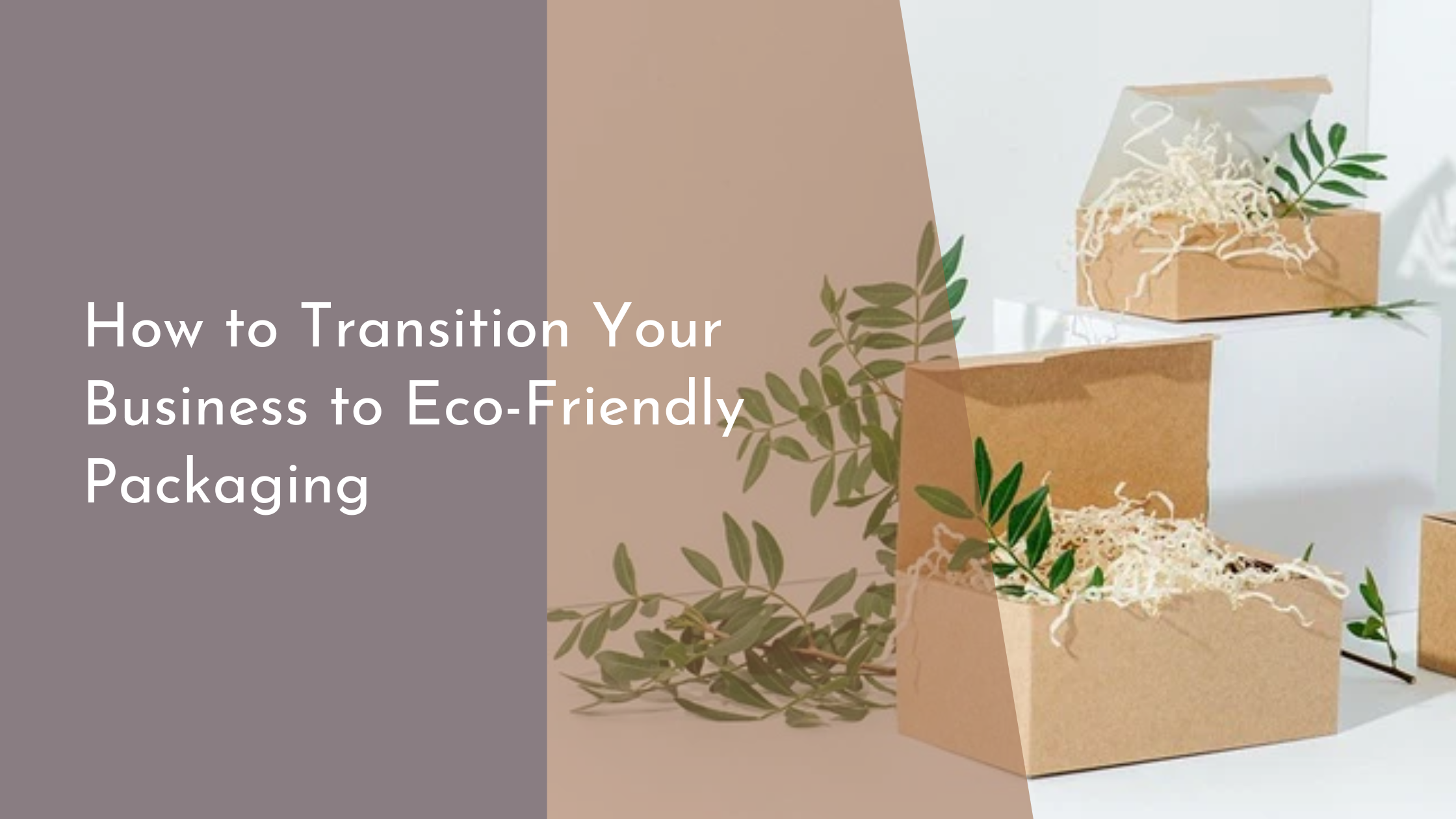How to Transition Your Business to Eco-Friendly Packaging
In today’s environmentally conscious market, businesses are increasingly expected to adopt sustainable practices. Transitioning to eco-friendly packaging is a significant step in reducing your business’s environmental footprint and enhancing brand reputation. This process involves evaluating your current packaging practices, exploring sustainable material options, implementing green solutions, and communicating these changes to your customers. This article will guide you through each step, ensuring a successful transition to eco-friendly packaging.
Assessing Your Current Packaging Practices
The first step in transitioning to eco-friendly packaging is a thorough assessment of your current practices. Start by evaluating the types of packaging materials you are using and identify areas where improvements can be made. Consider the environmental impact of each material, including its recyclability, biodegradability, and the resources required for its production. This analysis will provide a clear understanding of your current footprint and highlight opportunities for improvement.
Additionally, it’s important to assess the efficiency of your packaging. Are you using more material than necessary? Is your packaging designed to protect the product adequately while minimizing waste? By reviewing these elements, you can identify potential changes that not only benefit the environment but may also reduce costs. Gathering data on your current practices will serve as a baseline from which to measure the effectiveness of your eco-friendly transition.
Exploring Sustainable Material Options
Once you have assessed your current packaging, the next step is to explore sustainable material options that align with your business needs. There is a wide range of eco-friendly materials available, such as recycled paper, biodegradable plastics, and plant-based alternatives like corn starch packaging. Each option comes with its own set of benefits and considerations, so it’s important to choose materials that complement the nature of your products and their shipping requirements.
In addition to the raw materials themselves, consider the entire lifecycle of these materials. Look for options that not only reduce environmental impact during production but also offer easy disposal or recycling after use. Partnering with suppliers who share your commitment to sustainability can be beneficial in sourcing materials that are not only eco-friendly but also innovative and efficient. This exploration phase is crucial for developing a sustainable packaging strategy that is both practical and impactful.
Implementing Eco-Friendly Packaging Solutions
After selecting suitable materials, the next step is implementation. This involves redesigning your packaging to incorporate the new materials while maintaining or improving functionality and aesthetics. Collaboration with your packaging designers will be key in creating solutions that are not only environmentally friendly but also aligned with your brand’s identity. Consider trial runs to test the durability and effectiveness of the new packaging before full-scale implementation.
It’s important to monitor the implementation process closely to ensure a smooth transition. Gather feedback from customers and employees to identify any areas for improvement. Pilot testing with a segment of your product line can provide valuable insights and allow for adjustments before a complete rollout. By taking a phased approach, you can minimize disruptions and ensure that your eco-friendly packaging meets both environmental goals and customer expectations.
Communicating Your Green Transition to Customers
Once your eco-friendly packaging solutions are in place, communicating these changes to your customers is crucial. Transparency about your efforts and the positive impact of your new packaging can enhance customer loyalty and attract environmentally conscious consumers. Use various channels such as social media, newsletters, and product labels to share your sustainability story and the benefits of your new packaging.
Moreover, consider engaging with your customers by inviting feedback and suggestions on further sustainable initiatives. This not only strengthens your relationship with your audience but also positions your brand as a leader in sustainability. Make sure your messaging conveys enthusiasm and commitment to environmental stewardship, reinforcing the idea that, by choosing your products, customers are also making a positive impact on the planet.
Transitioning to eco-friendly packaging is a journey that requires careful planning but offers significant rewards. By assessing your current practices, exploring sustainable materials, implementing eco-friendly solutions, and effectively communicating with your customers, your business can make a meaningful contribution to the environment. Embracing sustainability not only helps protect our planet but also strengthens your brand’s reputation and appeal in a competitive market. Now is the perfect time to make the switch and lead the way towards a more sustainable future.

